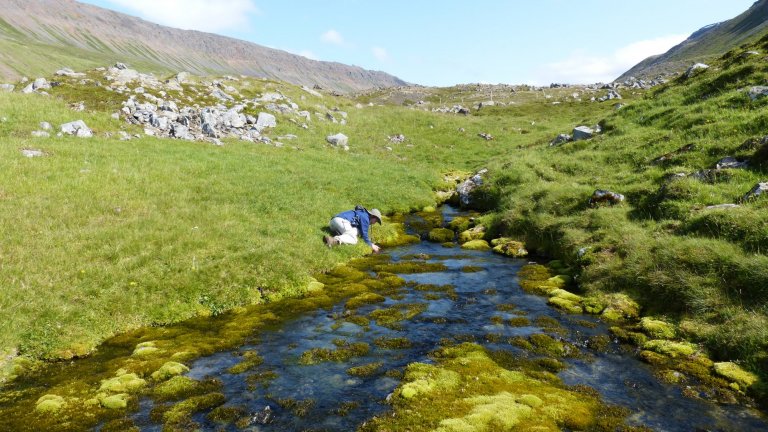
© Armelle Decaulne / LETG / LPG / CNRS Photothèque
View the mediaScientific news
This year, International Mountain Day is dedicated to women, whose role is vitally important in mountain societies and their environment.

© Armelle Decaulne / LETG / LPG / CNRS Photothèque
View the mediaOften considered a harsh environment, which we like to imagine as an area mainly reserved for winter sports and transhumance, mountains are in fact mainly a home: for 15% of the world’s population, a good half of whom are women. International Mountain Day, scheduled for 11 December, is dedicated to women in 2022. The women who figuratively move mountains to conserve their biodiversity and resources, and often ensure their economic and social development. Unfortunately, their living standards are worsening due to climate change, while their decision-making capacity is still limited within highly patriarchal societies. The aim of this day is to make us aware of the need for a better distribution of resources and to promote gender equality everywhere, including at high altitude.
You can discover some aspects of the life of mountain communities, through a selection of photo and video reports on scientific teams, geographers, climatologists, glaciologists and seismologists who have scaled mountains to study water resource management in the Nepalese Himalayas, or the impact of climate change on Alpine glaciers or the permafrost in Iceland…
Our work is guided by the way scientists question the world around them and we translate their research into images to help people to understand the world better and to awaken their curiosity and wonderment.